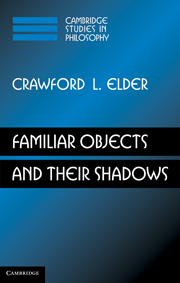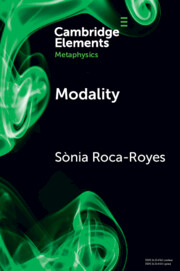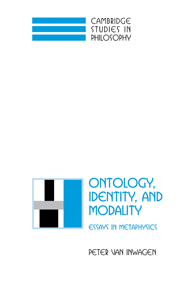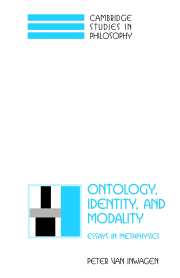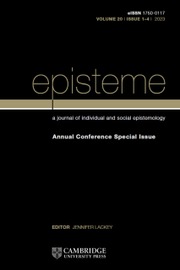Familiar Objects and their Shadows
Most contemporary metaphysicians are sceptical about the reality of familiar objects such as dogs and trees, people and desks, cells and stars. They prefer an ontology of the spatially tiny or temporally tiny. Tiny microparticles 'dog-wise arranged' explain the appearance, they say, that there are dogs; microparticles obeying microphysics collectively cause anything that a baseball appears to cause; temporal stages collectively sustain the illusion of enduring objects that persist across changes. Crawford L. Elder argues that all such attempts to 'explain away' familiar objects project downwards, onto the tiny entities, structures and features of familiar objects themselves. He contends that sceptical metaphysicians are thus employing shadows of familiar objects, while denying that the entities which cast those shadows really exist. He argues that the shadows are indeed really there, because their sources - familiar objects - are mind-independently real.
- Uses an externalist picture of how thought and language relate to the world, providing grounds for full-strength realism about familiar objects
- Draws on scientific reasoning for believing in the reality of familiar objects
- Offers legitimate philosophical reasons for resisting the program of recognizing tiny precise entities in place of familiar objects
Product details
January 2011Hardback
9781107003231
222 pages
224 × 145 × 18 mm
0.42kg
Available
Table of Contents
- Introduction
- 1. Two false friends of an ontology of familiar objects
- 2. Conventionalism as ontological relativism
- 3. Realism about material objects: persistence, persistence conditions, and natural kinds
- 4. Ontological preference for the temporally small
- 5. Ontological preference for microphysical causes
- 6. Ontological preference for the spatially small
- 7. A third false friend of familiar objects: universal mereological composition
- 8. Concluding Hegelian postscript
- Appendix: 'mutually interfering' dimensions of difference
- Reference.

